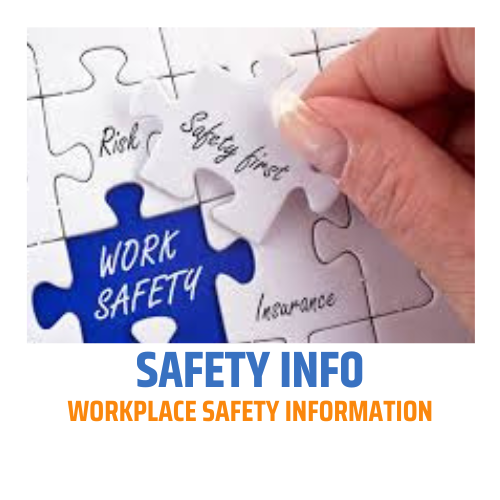What are the best Practices for Lifting Heavy Objects Safely?
When lifting heavy objects, it's important to follow proper
techniques to avoid strains, sprains, and other injuries. Here are some best
practices for lifting heavy objects safely:
- Assess the load: Before attempting to lift an object, assess its weight and size. Determine if you can safely lift it on your own or if you need assistance or lifting equipment.
- Use mechanical aids: Whenever possible, use mechanical aids such as forklifts, dollies, or carts to lift and transport heavy objects. These aids can significantly reduce the strain on your body.
- Plan your lift: Before lifting, plan your approach. Ensure there is a clear pathway to your destination and remove any obstacles or tripping hazards along the way.
- Warm up and stretch: Prior to lifting, warm up your muscles by performing light exercises and stretching. Focus on your legs, back, and shoulders to prepare them for the task.
- Maintain proper posture: Stand close to the object with your feet shoulder-width apart and one foot slightly ahead of the other for balance. Bend at your knees and hips, not your waist, to maintain a proper squatting position.
- Get a good grip: Ensure you have a secure grip on the object before attempting to lift. Use both hands and consider wearing gloves for added grip and protection.
- Lift with your legs: As you lift, engage your leg muscles to generate power. Keep your back straight and use the strength in your legs to gradually stand up while holding the object close to your body.
- Avoid twisting or reaching: When lifting or carrying a heavy object, avoid twisting your body or reaching out with the load. Instead, pivot your feet and turn your entire body to change direction.
- Take small steps: When walking with a heavy object, take small and stable steps. Maintain your balance and keep your focus on the pathway ahead to prevent tripping or stumbling.
- Seek assistance: If an object is too heavy or awkward to lift on your own, ask for help. It's better to seek assistance than risk injuring yourself by attempting to lift beyond your capabilities.
- Pace yourself: If you need to lift multiple heavy objects, take breaks between lifts to rest and recover. Overexertion can increase the risk of injury, so listen to your body and pace yourself accordingly.
- Communicate with others: If you are lifting with others, communicate and coordinate your movements. Ensure everyone is on the same page and working together safely.
- Keep the load close: Maintain the object you are lifting as close to your body as possible. This reduces the strain on your back and minimizes the risk of losing control.
- Know your limits: Be aware of your own physical limitations. Do not attempt to lift objects that are too heavy for you or that may cause injury.
- Practice good overall fitness: Regular exercise and strength training can improve your overall physical fitness and make lifting heavy objects safer and easier.
Remember, these best practices should be followed in
combination with any specific lifting guidelines provided by your employer or
industry standards. By using proper lifting techniques, you can protect
yourself from injuries and maintain a safer working environment.







0 Comments